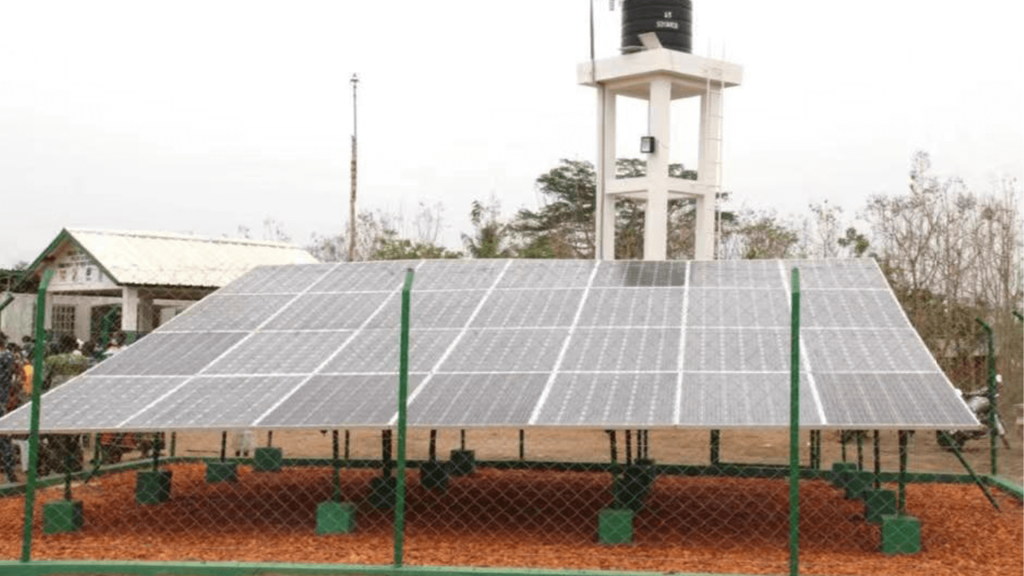Taking the 1MW/1MWh containerized energy storage system as an example, the system generally consists of energy storage battery system, monitoring system, battery management unit, dedicated fire protection system, dedicated air conditioning, energy storage inverter, and isolation transformer, and is finally integrated in a 40ft container.
Internal structure of containerized energy storage
The battery system is mainly composed of battery cells connected in series and parallel: first, several groups of battery cells are connected in series and parallel to form a battery box, and then the battery boxes are connected in series to form a battery module and increase the system voltage. Finally, the battery modules are connected in parallel to increase the system capacity and are integrated and installed in the battery cabinet.
The monitoring system mainly realizes external communication, network data monitoring, data acquisition, analysis, and processing functions, ensuring accurate data monitoring, high voltage and current sampling accuracy, high data synchronization rate, and fast execution speed of remote control commands;the battery management unit has high-precision functions of single-cell voltage detection and current detection, ensuring voltage balance of battery cell modules and avoiding circulating currents between battery modules that affect the efficiency of system operation.
To ensure the safety of the system, the container is equipped with a dedicated fire protection and air conditioning system. The fire protection system senses fire alarms through smoke sensors, temperature sensors, humidity sensors, emergency lights, and other safety devices, and automatically extinguishes fires;the dedicated air conditioning system controls the cold and hot air conditioning systems based on the external ambient temperature through thermal management strategies to ensure that the temperature inside the container is within a suitable range and extend battery life.

The energy storage inverter is the energy conversion unit that converts the battery’s DC power into three-phase AC power. It can operate in grid-connected and off-grid modes. In grid-connected mode, the inverter interacts with the power grid according to the power instructions issued by the upper-level dispatch;in off-grid mode, the energy storage inverter can provide voltage and frequency support for the factory’s load and serve as a black-start power source for some renewable energy sources. The output of the energy storage inverter is connected to the isolation transformer, which completely isolates the primary side and secondary side electrically, maximizing the safety of the container system.
Mobile containerized energy storage system
Mobile energy storage systems have been widely used in power system transmission, distribution, and other fields due to their outstanding flexibility and convenience. Compared with traditional fixed energy storage stations, the modular design of the containerized energy storage system adopts international standardized container sizes, allowing for long-distance and highway transportation, and can be lifted using overhead cranes. It has strong mobility and is not restricted by geographical location. In addition, the containerized energy storage system can be produced in a factory, directly assembled and debugged in the workshop, greatly saving construction and operation and maintenance costs, and achieving accident isolation. With continuous breakthroughs in battery technology, it is believed that the energy density of mobile energy storage systems will be further improved, and the cost will be greatly reduced. The practical value of mobile energy storage systems will continue to be demonstrated, and their application scope will continue to expand. In the future, they will undoubtedly become an important carrier for promoting energy production and consumption revolution, and a technology and industry with great development prospects in the energy Internet.
